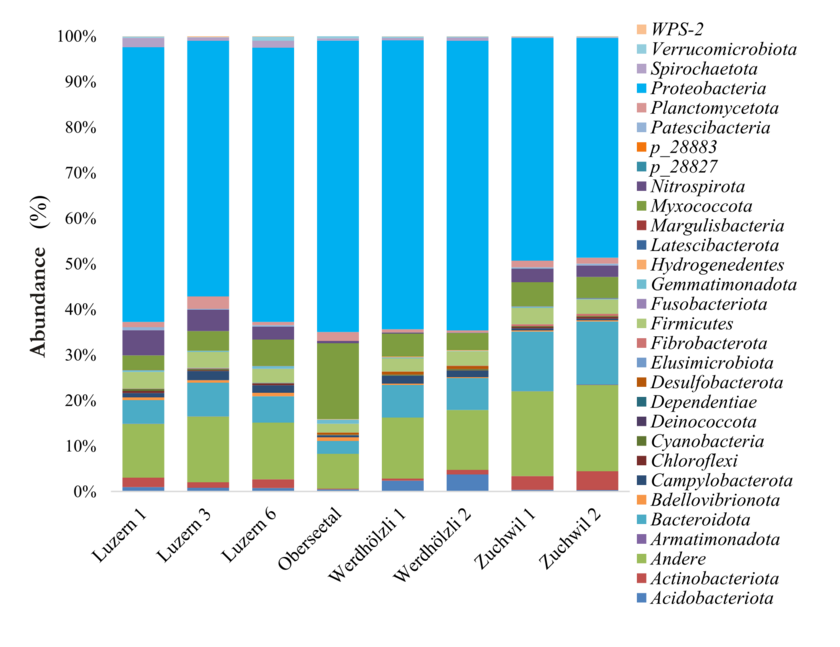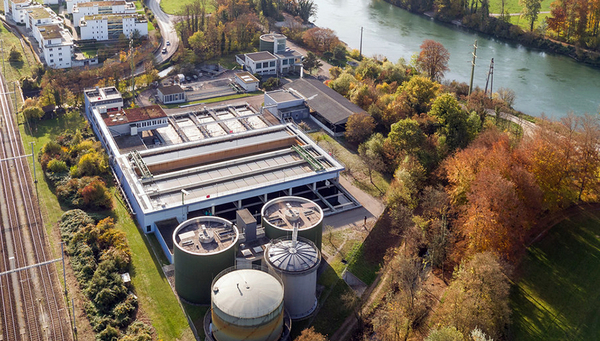Archive detail
Early warning system for sewage treatment plants
September 7, 2023 |
In the activated sludge of the biological treatment stage of wastewater treatment plants, a diverse community of different bacteria perform much of the work of purifying the wastewater. Which bacterial species are represented and in what quantity in this so-called microbiome can change, for example, due to the change of seasons and other environmental influences. Under certain circumstances, such changes can lead to the purification process no longer functioning optimally.
By decoding the genetic material using DNA sequencing, it is possible to determine the composition of the microbiome. However, until recently, such analyses required a long time, highly specialised laboratories and expensive equipment. Thanks to new, much more compact sequencing equipment, a team of researchers at the Aquatic Research Institute Eawag has now been able to perform DNA analyses directly on site at various wastewater treatment plants and to present the results just a few hours later. This makes it possible to implement countermeasures even before undesirable changes in the microbiome have a negative impact on the purification process. In an article recently published in the journal Aqua & Gas, the researchers explain the methodology they tested at various wastewater treatment plants.

Counteracting before problems arise
"Our studies have demonstrated that the microbiome differs not only from wastewater treatment plant to wastewater treatment plant, but also between different treatment streams within the same wastewater treatment plant,” explains Robert Niederdorfer of Eawag’s Surface Waters Department. The significance of a single snapshot is therefore limited. Atypical changes can only be detected when we know, thanks to regular monitoring, the composition of the microbiome of the respective wastewater treatment plant and how it typically changes over time. For example, the researchers found that problems with the settling of activated sludge in one of the plants investigated correlated with the amount of the bacteria Ca. Microthrix. If an excessive increase in this bacteria is detected during regular biomonitoring, the wastewater treatment plant operators can stop the growth at an early stage by adding aluminium and thus prevent problems before they occur.
In certain cases, however, even individual snapshots of the current microbiome can provide helpful information. For example, thanks to DNA analyses, it was possible to identify the bacteria in a plant that was responsible for the excessive formation of foam.
"Regular monitoring of the microbiome is a useful tool for wastewater treatment plants to ensure stable cleaning performance and, ultimately, to save costs", says Niederdorfer. According to Niederdorfer, this method will undoubtedly become even more valuable in the future as more experience is gained in understanding the relationship between the microbiome and the stability and performance of purification processes.
Cover picture: Thanks to DNA analysis, the bacterium responsible for excessive formation of foam was identified at the Langmatt wastewater treatment plant. (Photo: Patrik Walde)
Original publication
Funding / Cooperations
- Eawag
Links
The newly founded Eawag Spin-off Upwater offers microbiome analyses for wastewater treatment plants.

